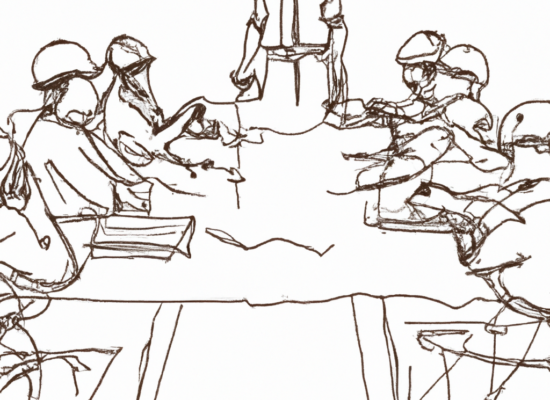Final Completion Introduction
Final Completion marks the end of a construction project and signifies that all work has been done according to the agreed-upon standards and specifications. In this blog post, we will take a closer look at what this milestone entails, and how it is determined by the architect and contractor.
Responsibilities of the Architect
The architect has a key role in determining Final Completion. During the Substantial Completion inspection, the architect reviews the punch list, which is prepared by the contractor, and decides if any additional items need to be added. In the this inspection, the architect ensures that all items on the punch list have been completed. The only way to document Final Completion is through the issuance of a final Certificate for Payment from the architect.
When Final Completion is achieved, both the construction contract and the architect’s contract are closed out, signifying the end of the project schedule. As noted in Section 3.6.6 of B101, the architect is responsible for conducting the inspection to determine the date of Final Completion. It is common practice to limit the number of inspections to one or two for each milestone.
Final Completion Inspection Procedure
The contractor notifies the architect when the work is ready for the Final Completion inspection. During Substantial Completion, the architect inspected the work to ensure that no additional items were needed on the punch list. However, in this inspection, the architect only inspects the work to ensure that the punch list is complete. It is crucial to conduct a thorough review during Substantial Completion to avoid any delays.
The contractor submits a final payment application, which is the amount of funds held back by the owner for the completion of the punch list. The contractor must submit several documents to the architect before final payment is made, including a certificate of insurance, a written statement, a consent of surety, and a final lien waiver.
Final Change Order and Contract Closeout
The final change order reconciles any outstanding financial issues in the project, such as changes, contingencies, and liquidated damages. The architect and owner should have copies of all field observation reports, their Certificate of Substantial Completion, the punch list, the final change order, and all contractor closeout documents.
Construction contract closeout is the final step in completing the project schedule and confirms that all required documents are on file. If proper contract administration was followed, this step should be straightforward. However, if paperwork was not properly managed, this process may be challenging.
Conclusion
To finalize and closeout the project, this is a crucial milestone in any construction project and signifies that all work has been done according to the agreed-upon standards and specifications. The architect plays a vital role in determining the project completion and ensuring that all punch list items have been corrected. It is important to limit the number of inspections to ensure that the contractor calls for Final Completion when they are confident that the work is done. Finally, contract closeout confirms that all required documents are on file and the project schedule is complete.
 Copyright secured by Digiprove
Copyright secured by Digiprove 



